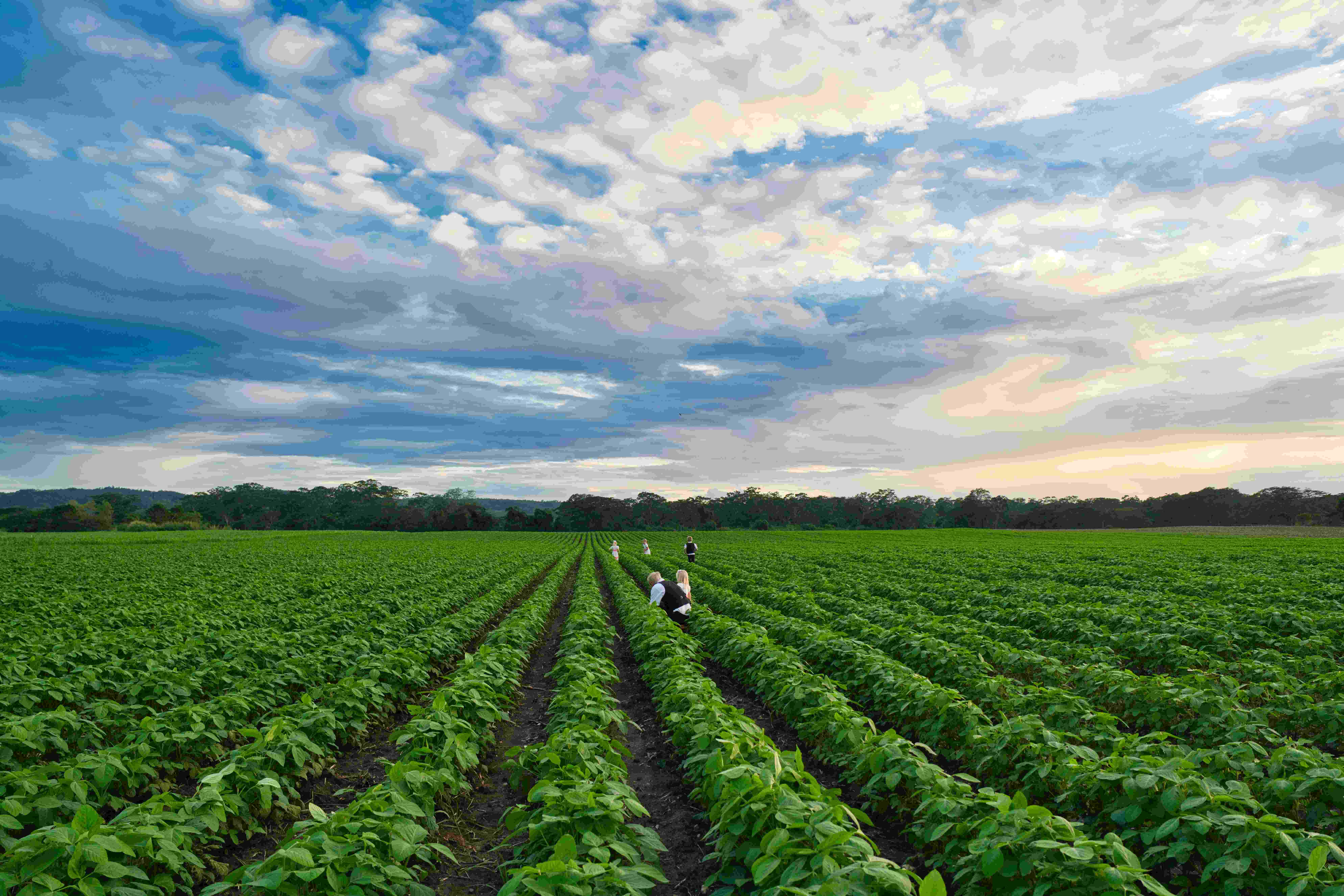Over the past two decades, researchers and volunteer snorkellers in Chesapeake Bay, USA, have spread more than 70 million tiny seagrass seeds over plots of sandy seabed. Now the world’s largest seagrass restoration project, the delicate work has led to more than 3,600 hectares of vibrant, biodiverse seagrass meadows being restored in the bay’s inshore lagoons. It’s also the first seagrass restoration project to put a figure on the amount of carbon being sequestered by the restored meadows: typically about 3,000 tonnes of carbon per year. It’s a great example of a Nature-based Solution (or NbS), a project that harnesses natural processes to deliver sustainable benefits on many fronts – ecologically, socially and environmentally.
In recent years, the world has begun to understand the potential for NbS to mitigate against, or help us adapt to, climate change. In 2022, the outcome text from the UN Climate Change Conference (COP27) included mention of NbS for the first time. Dr Bruno Oberle, former Director General of IUCN, recently stated that “investing in the conservation, restoration and sustainable management of the world’s ecosystems can provide around a third of the cost-effective climate mitigation that we need by 2030 to limit warming to below 2°C”.






